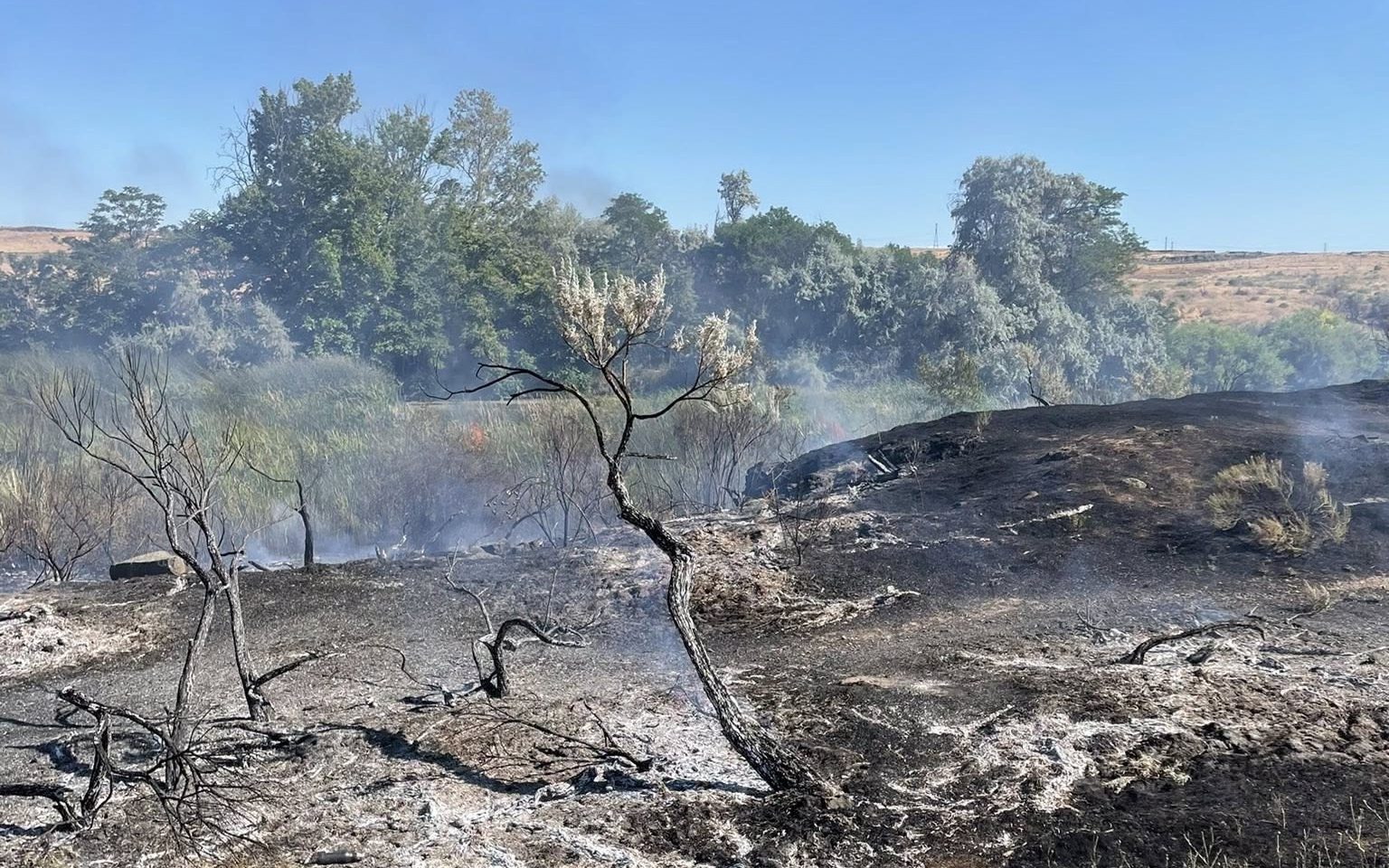Craft brewers see demand plunge amid virus closures
Published 5:00 pm Monday, April 27, 2020

- Idaho Hop Growers Association President Michelle Gooding said growers in Southwestern Idaho and Southeastern Oregon plan to cut back by 5-20% from a year ago, depending on varieties grown and diversity of clientele.
SALEM — Craft-beer revenues plunged on COVID-19 concerns, impacting the industry as well as the farmers who supply it with hops and barley.
The Brewers Association in an early April survey of craft brewers found on-site sales had dropped by 65% — eased slightly by new drive-up and delivery sales — and fell by more than 90% in distributed draft as bars and other outlets were closed.
Sales to retailers rose as much as 20% as consumers stocked up.
Bart Watson, the association’s chief economist, said the outlook is uncertain “since we don’t know what reopening looks like.”
“I’ve seen some analysts suggest that on-premise is going to stay down 50% for many more months even if it partially reopens,” he said. “Beyond that, we’re all just guessing.”
The uncertainty largely reflects the many unknowns, Watson said. Data is lacking about the progression of the coronavirus, the government response and consumer behavior.
“As such, there are a wide variety of possibilities based on the timing and level at which state governments lift restrictions, how consumers respond to those actions and the situation more broadly, and in turn how those actions then slow or speed the progression of cases,” he said.
Idaho Hop Growers Association President Michelle Gooding said growers in Southwestern Idaho and Southeastern Oregon plan to cut back by 5-20% from a year ago, depending on varieties grown and diversity of clientele.
Jaki Brophy of Hop Growers of America in Yakima, Washington, said the industry had been planning to increase acreage again this year.
“But with COVID developments unfolding, merchants started working with growers around the end of March to reduce acreage despite plans already in place and contracts already settled earlier,” she said.
“While it is a tough decision as investments had already been made, on the whole, people understand the big picture and are willing to take some losses now for a more stable market,” Brophy said.
Idaho barley acreage is expected to fall 6%, USDA reported March 31. Some is yet to be planted. More than three-quarters of total production goes into malt, according to the state Department of Agriculture.
Mexico, a major buyer of Idaho malt barley, in the past month deemed brewing a nonessential business amid COVID-19 concerns. In the U.S., challenges include shutdowns of restaurants and big events. The Brewers Association and the Beer Institute on April 21 issued a letter urging states to follow the federal government’s lead in deferring collection of excise taxes.
“So it’s going to affect barley dramatically, and when that happens, the contracting companies aren’t as aggressive getting contracts out and signed,” Southeastern Idaho grower Dwight Little said.
“This is made to run progressively in a circle, and when something stops the wheel from spinning, then we’ve got trouble,” he said.
One malting client contracted with Little to grow fewer barley acres this year. Another contracted for 20% more, but at a lower price. Overall, he’s growing about 8% more acres and receiving a lower price per bushel.
The idea was to “buy space” and maintain capability for future contract volume, he said.






